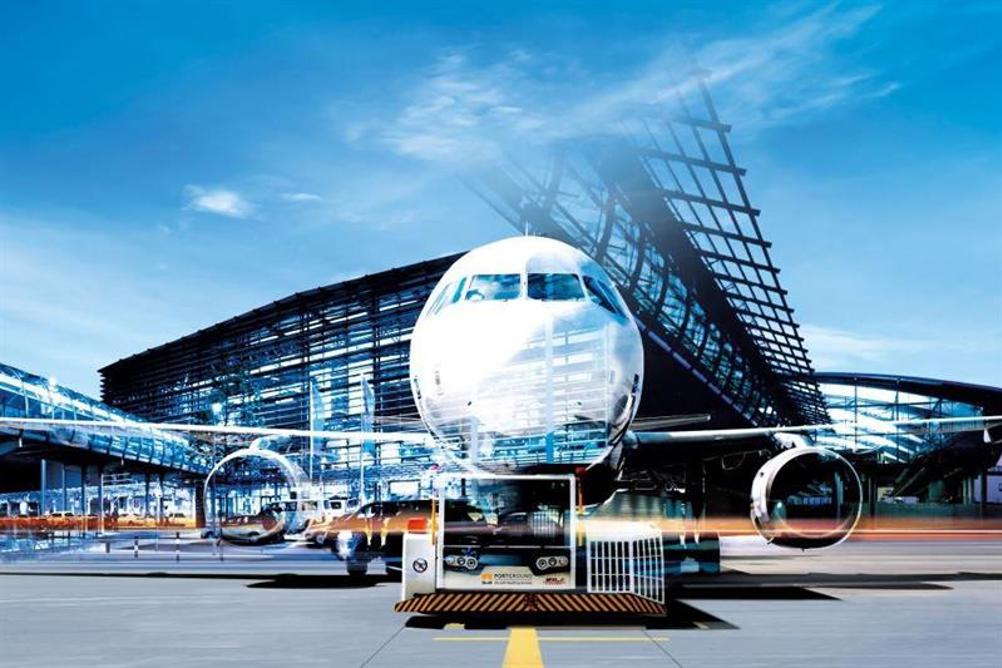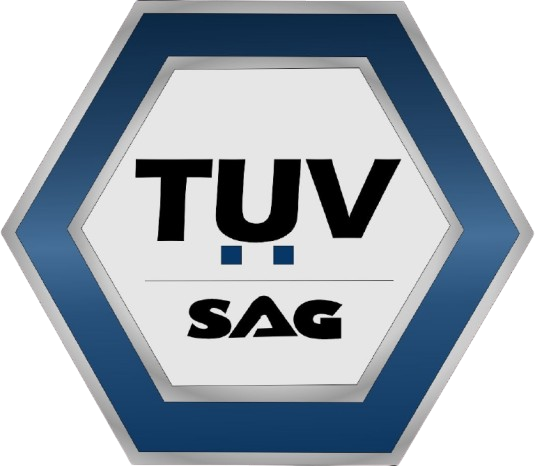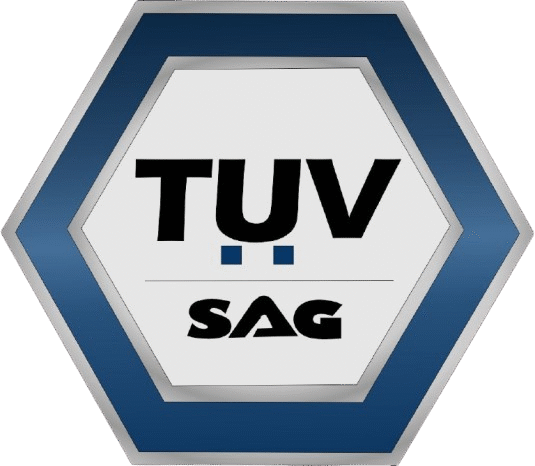
AVIATION MANAGEMENT
Aviation Management
Aviation Safety Management System (SMS):
The Aviation SMS training offered by TUV SAG gives aviation professionals the skills and knowledge they need to create, implement, and maintain a proactive Safety Management System. The course promotes safety culture, structured risk management, and continuous improvement throughout aviation operations in accordance with ICAO and regulatory frameworks.
Benefits:
- Regulatory Compliance: This guarantees that SMS is implemented effectively in accordance with international aviation safety standards and regulations.
- Risk Mitigation: Risk mitigation increases the capacity to recognize, assess, and manage operational risks in all facets of aviation operations.
- Enhanced Safety Culture: By involving all organizational levels in safety reporting and performance, this approach fortifies internal safety culture.
- Continuous Improvement: Encourages routine evaluation and improvement of safety protocols to adjust to changing industry hazards.
- Increased Confidence: Shows a strong commitment to aviation safety excellence, which instills trust among stakeholders.

Aviation Hazard Identification and Risk Assessment:
Structured approaches for recognizing and controlling operational hazards are provided by TUV SAG’s Aviation Hazard Identification and Risk Assessment training. In a variety of aviation contexts, this course guarantees regulatory compliance and encourages proactive safety planning.
Benefits:
- Proactive Risk Management: Proactive Risk Management, which gives experts the tools they need to systematically identify risks and implement preventive measures.
- Data-Driven Decision Making: This approach uses data analysis and trend evaluation to support evidence-based risk mitigation.
- Compliance Assurance: Guarantees adherence to national aviation authority and ICAO risk management regulations.
- Emergency Preparedness: In aviation environments, this promotes business continuity and increases preparedness for emergency response.
Airside Safety:
Personnel working in crucial aircraft movement areas are guaranteed to have the skills necessary to operate safely thanks to TUV SAG’s Airside Safety training. International regulations, incident prevention, and operational procedures for high-activity airside zones are all covered in the course.
Benefits:
- Operational Safety: Operational Safety: Offers specific expertise to oversee safety in apron operations, taxiways, and runways.
- Incident Prevention: Teach employees to recognize and reduce possible airside hazards.
- Compliance with Standards: Matches training to ICAO Annex 14 and other pertinent standards.
- Efficient Ground Operations: Improves communication and coordination for seamless aircraft movement and turnaround.
Aircraft Maintenance Safety:
To promote safe, legal, and efficient maintenance procedures, TUV SA provides training in aircraft maintenance safety. In order to maintain aircraft dependability and airworthiness, the course assists engineers and technicians in putting safety procedures into practice.
Benefits:
- Maintenance Process Safety: Integrates safety into all stages of the maintenance process.
- Regulatory Compliance: Verifies that maintenance procedures follow aviation safety guidelines (EASA, FAA, GACA, etc.).
- Enhanced Maintenance Quality: Strengthens safety protocols to lower technical delays and enhance aircraft service quality.
- Workplace Safety Culture: Encourages maintenance staff to be accountable and aware of potential hazards.
Ground Support Equipment (GSE) Safety:
The purpose of TUV SAG’s GSE Safety Course is to instruct airport ground crew on how to operate and maintain ground support equipment and vehicles safely. International ramp safety standards are enforced and operational risks are covered in the course.
Benefits:
- Safe GSE Operations: This section focusses on handling machinery such as belt loaders, GPUs, and tugs in a safe manner.
- Maintenance Safety Protocols: To prevent GSE failures, this protocol places a strong emphasis on preventive maintenance and fault reporting.
- Personnel Safety Awareness: Encourages situational awareness and compliance with apron safety regulations.
- Regulatory Compliance: This refers to the alignment of procedures with the regulations of civil aviation authorities, OSHA, and IATA.
Our Services
TUV SAG
Your Trusted Brand in Industrial Excellence
We deliver end-to-end services that support quality, safety, and compliance across diverse sectors.
Our Office Address
Office #1 3rd Floor Jubail 31951 Kingdom of Saudi Arabia P.O. BOX #1357
Social Links


